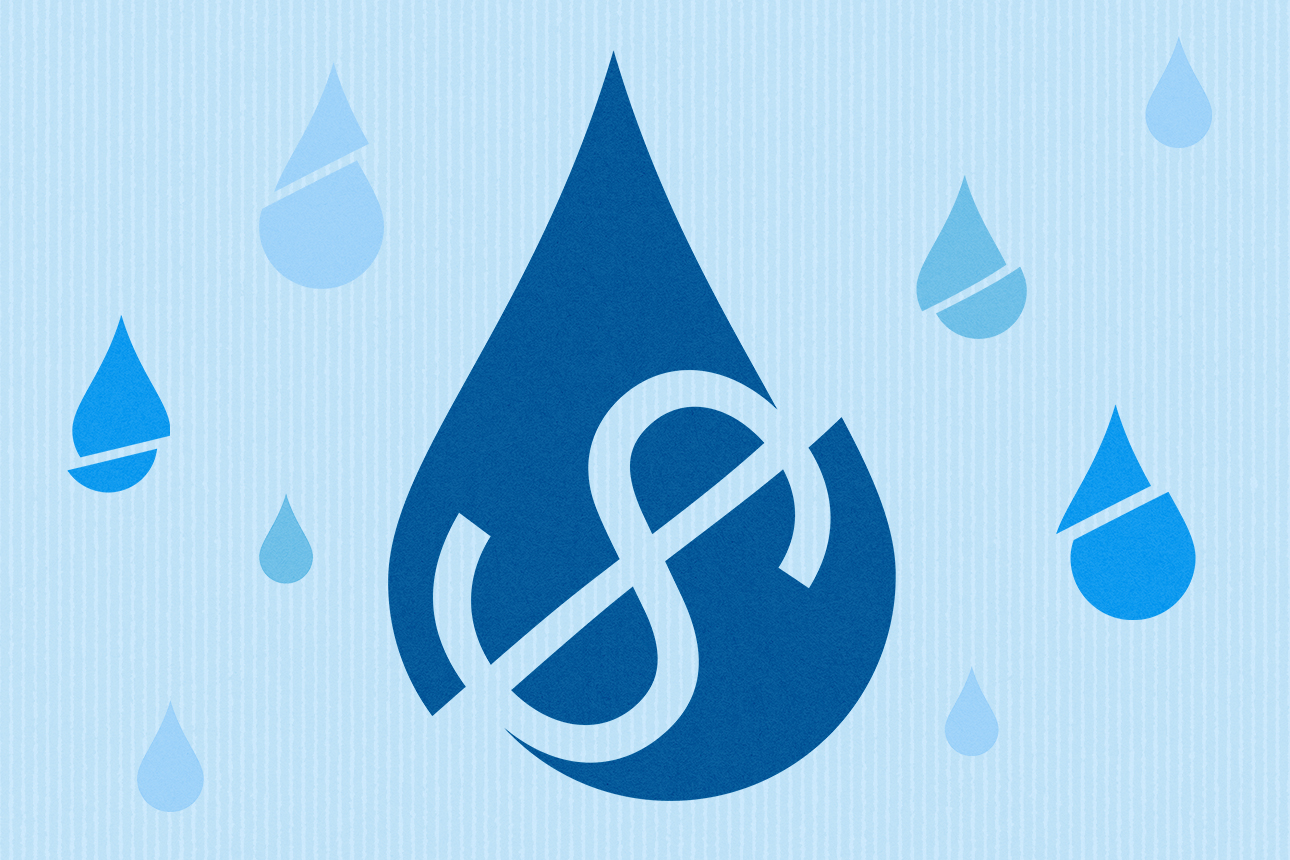How AT&T Employees Turned Process Gripes Into $230 Million Saved
AT&T found a way to help workers kill outdated processes and tools that wasted time, energy, and money — one drop at a time. Here’s how the approach works.
Topics

Kevin Foley/MIT SMR; Carolyn Geason-Beissel/MIT SMR
An $8 expense — rejected because of a travel policy technicality — led to my own first “raindrop.” That term is unique to AT&T, but the leadership challenge isn’t: A raindrop is an annoying policy, an outdated process, or a tool that’s no longer useful — anything that hinders rather than helps you and your organization move forward. One or two of these may be tedious but bearable; pool enough of them, however, and a day at work can make people feel as if they’re drowning in bureaucracy. Every raindrop wastes time, energy, and/or money.
During the past three and a half years, fixing or getting rid of such raindrops has led to 3.6 million hours saved and helped the company avoid more than $230 million in costs — not a bad return, you might say, from scrutinizing matters as small as an $8 expense.
Get Updates on Innovative Strategy
The latest insights on strategy and execution in the workplace, delivered to your inbox once a month.
Please enter a valid email address
Thank you for signing up
Given that no one sets out to create bureaucracies and no one wants to work in them, why are they so prevalent? For AT&T, the answer reaches back to 1885, when the company was founded — a time when the U.S. flag had only 38 stars, the lightbulb was new, and Mark Twain had just published Adventures of Huckleberry Finn. Combine that history and the sense of tradition it spawns with a natural caution — AT&T operates in critical, highly regulated industries, like broadband and wireless — and it’s easy to see how systems and policies can accumulate and remain unchallenged for decades.
How Project Raindrops Was Born
Three forces inspired us to act. First, an annual employee survey revealed a deep frustration with the company’s tools, processes, and systems. Then, COVID-19 challenged us to find ways to work differently and more efficiently. Alongside that was a companywide initiative, which I helped lead, to consolidate and update our systems and network, and improve employee and customer tools and experiences, by using fewer but more robust applications, vendors, and servers. Together, that meant that a lot more people at AT&T were finally asking, “Why are we doing this?” Often, the answer was “Because this is how it’s always been done” or “I don’t know, actually.”
That’s how Project Raindrops began in the summer of 2020. A small group of employees came up with the name and volunteered to drive the initiative.
